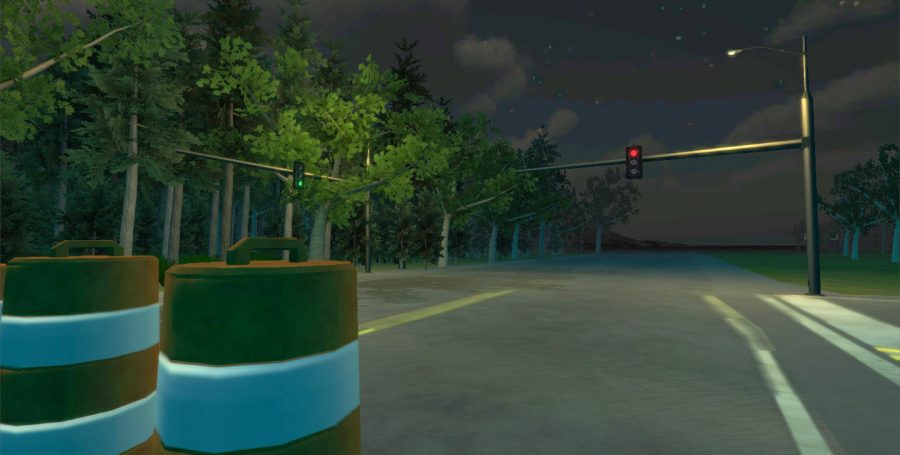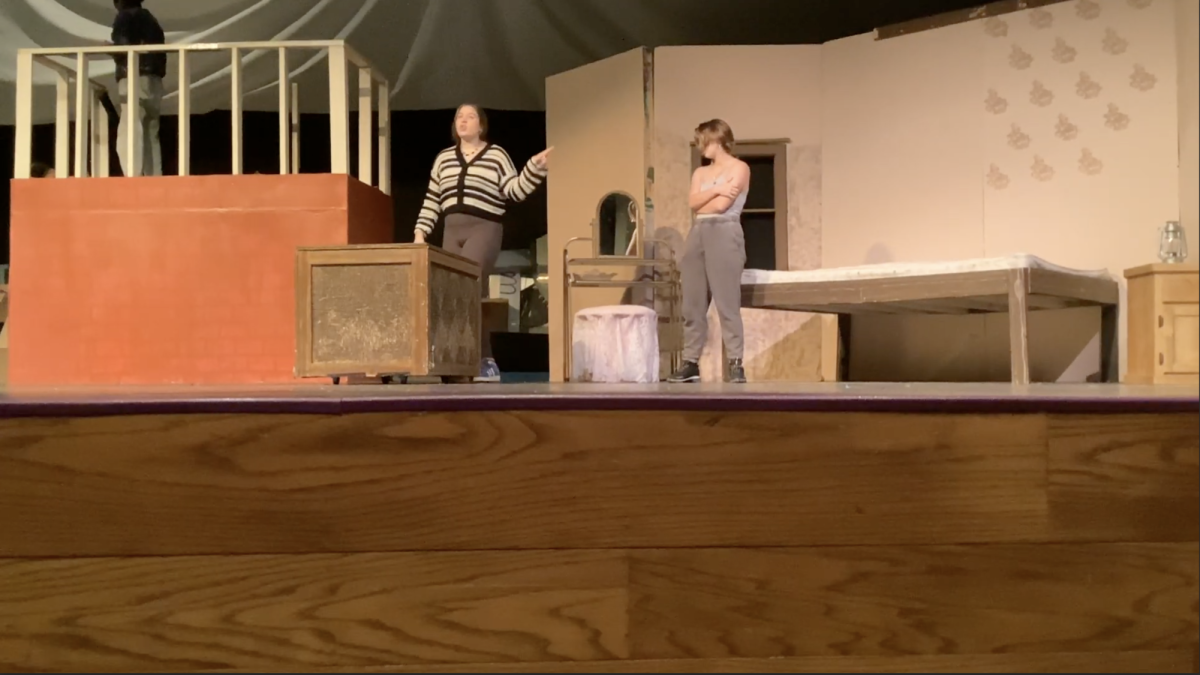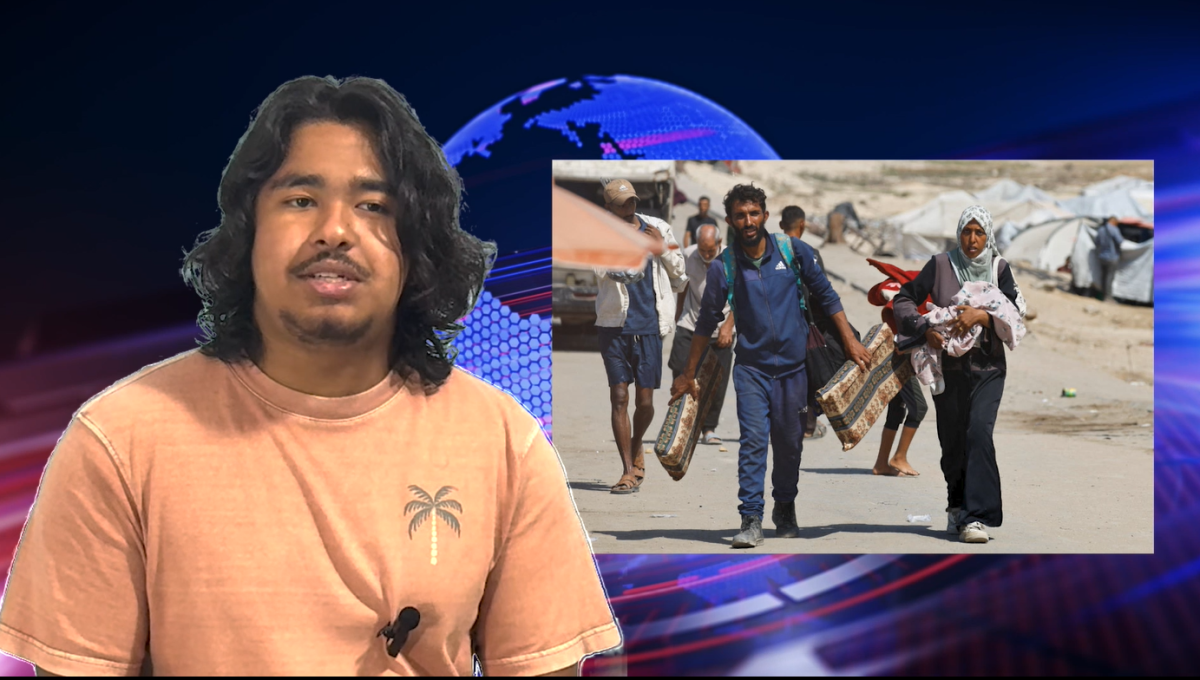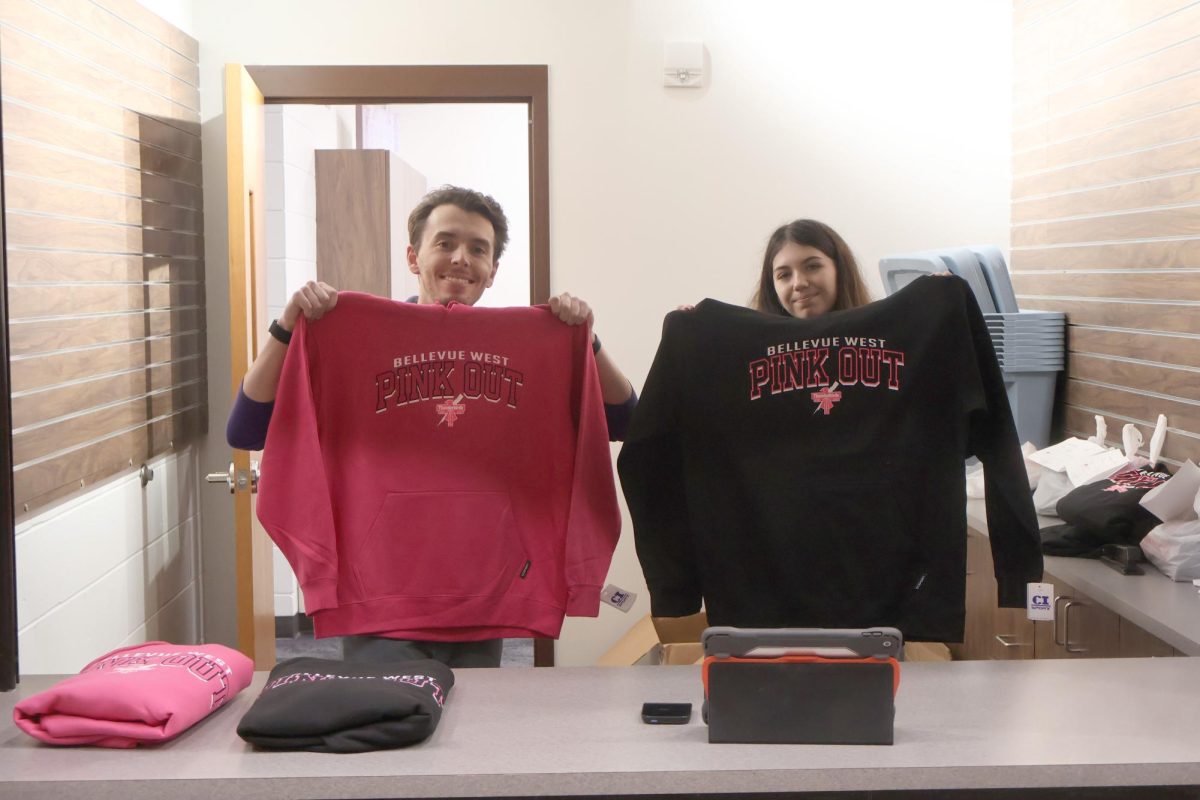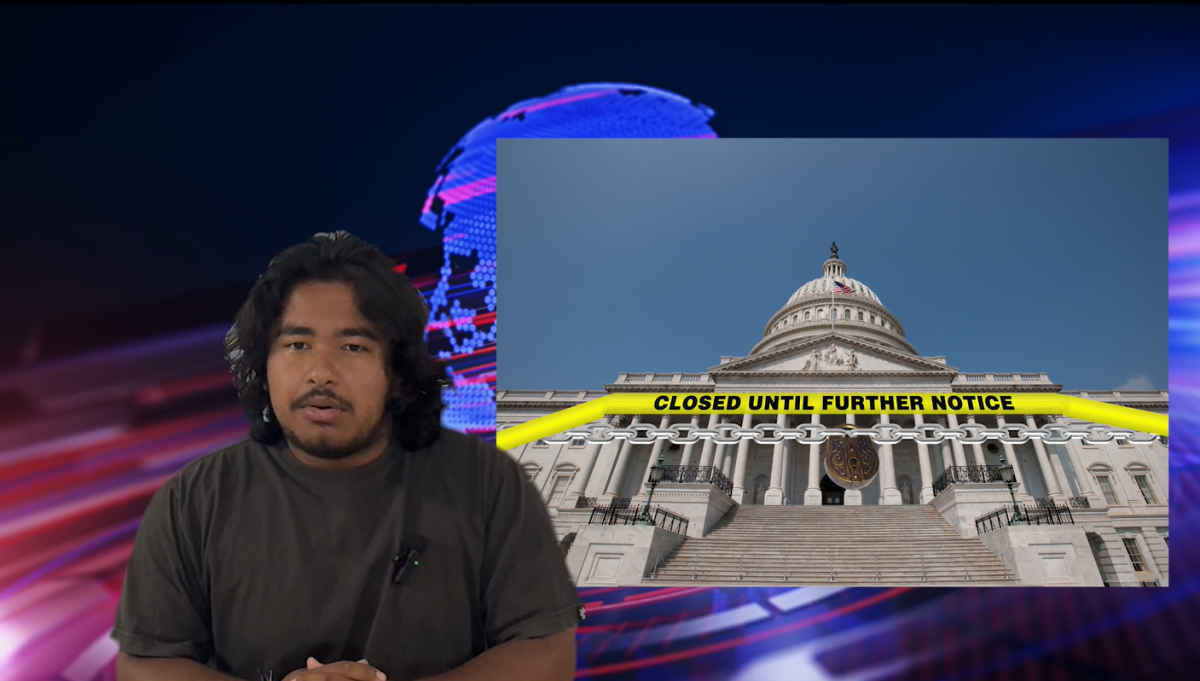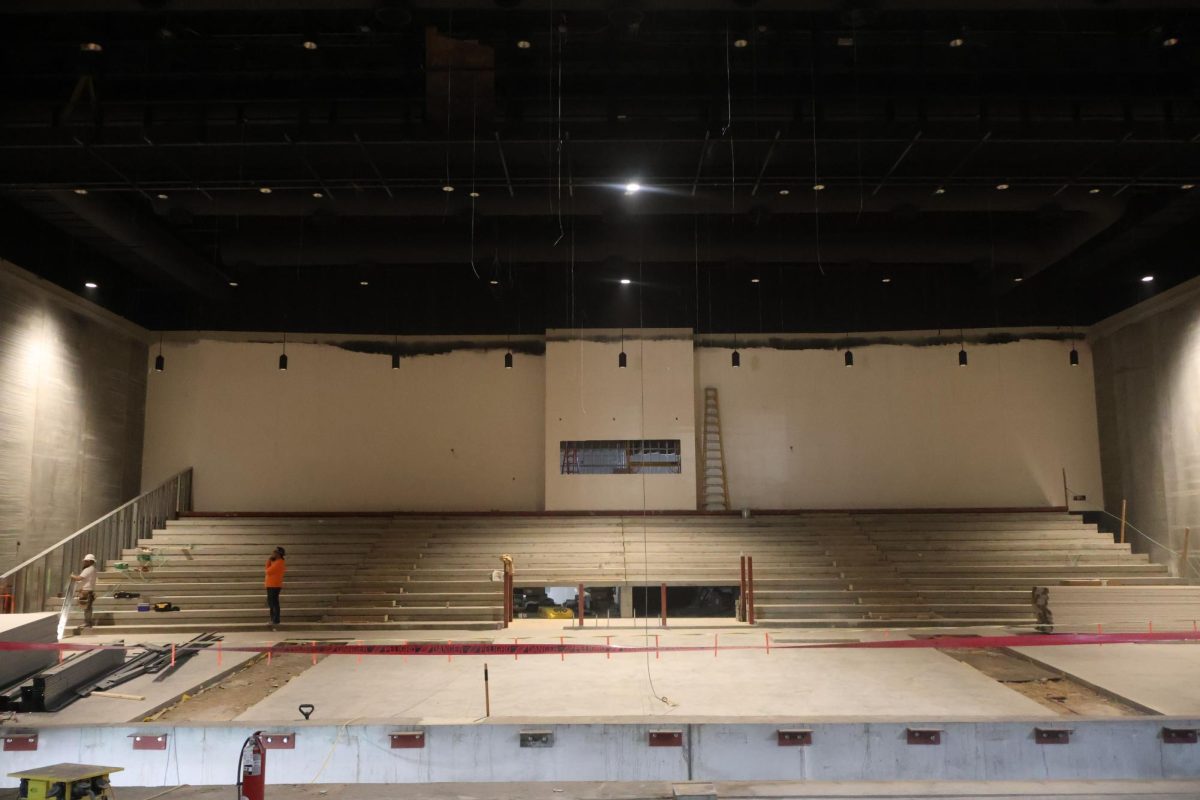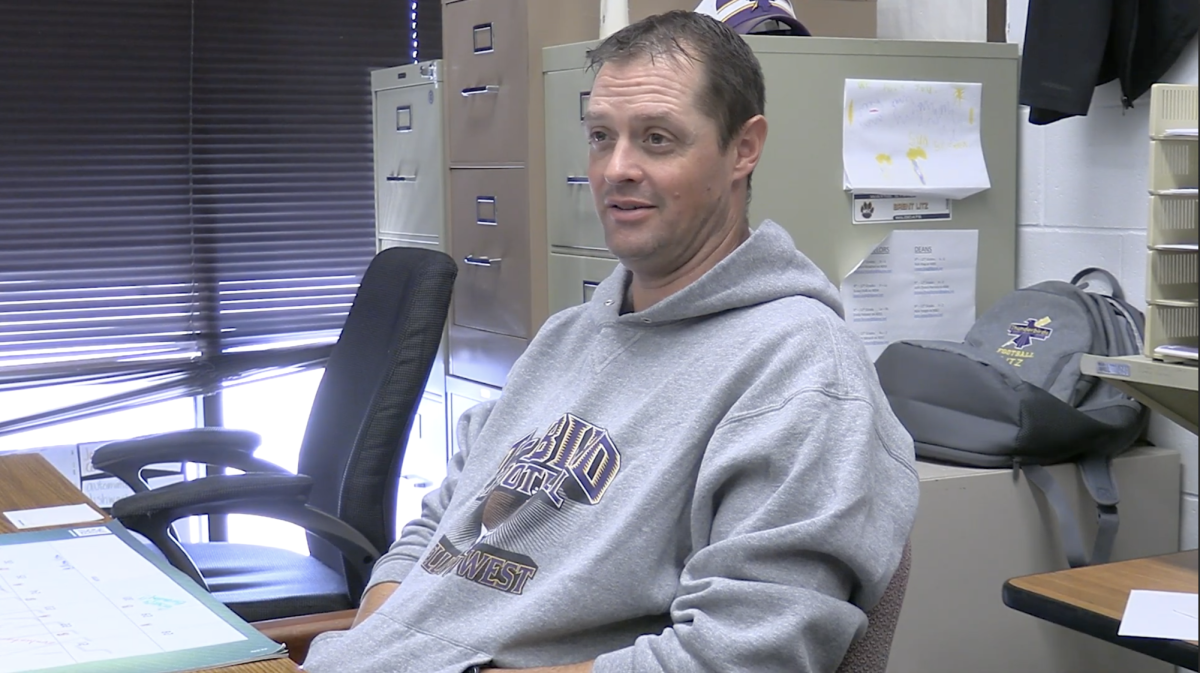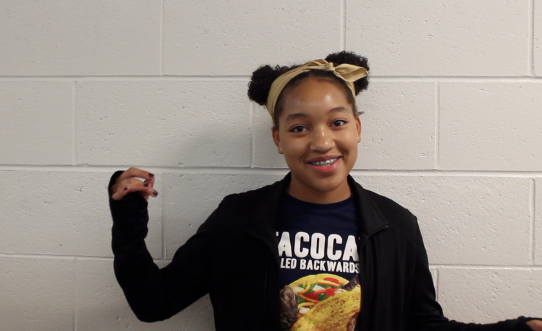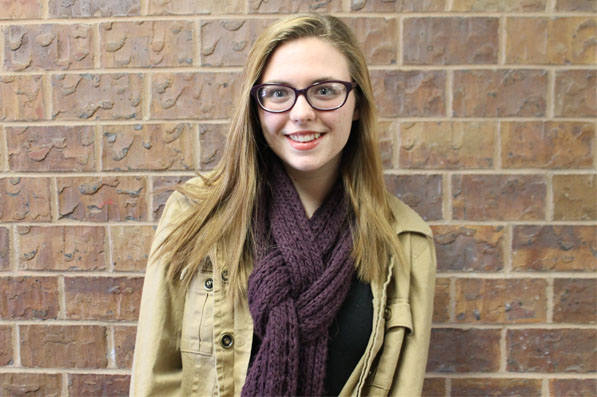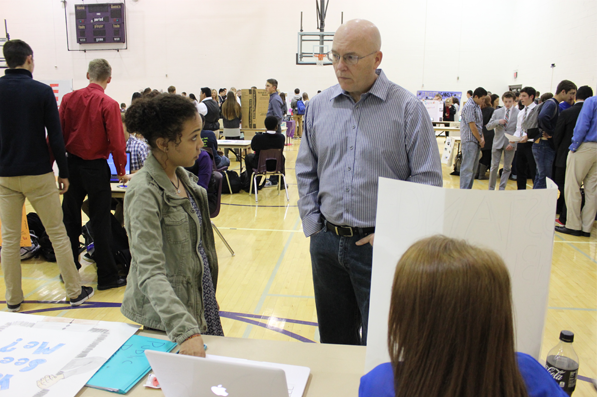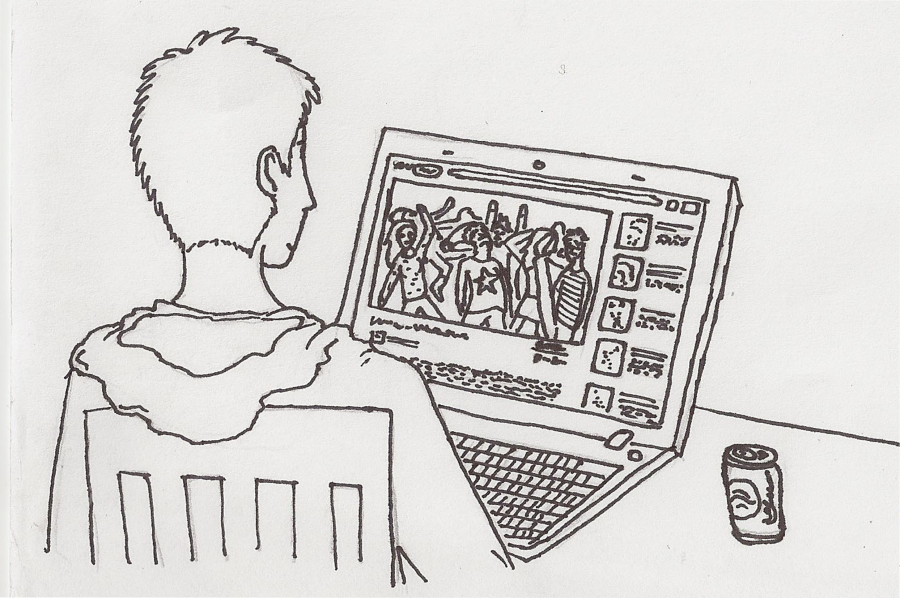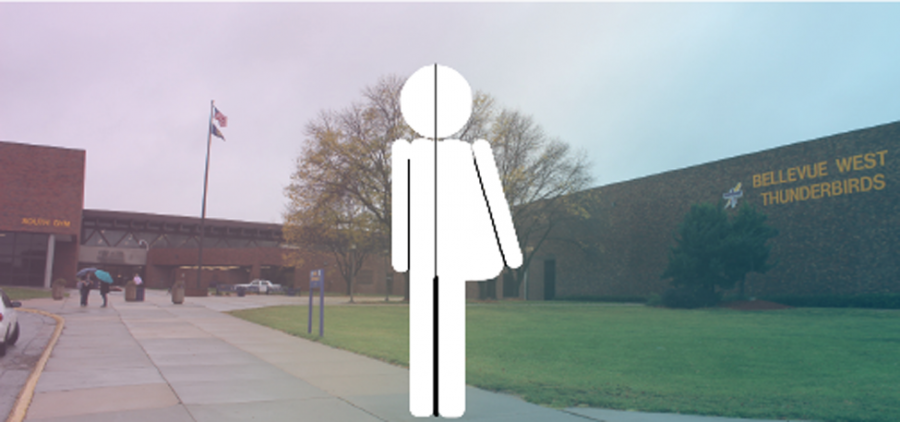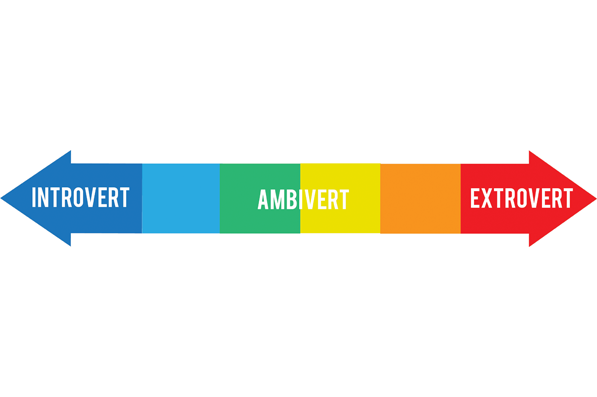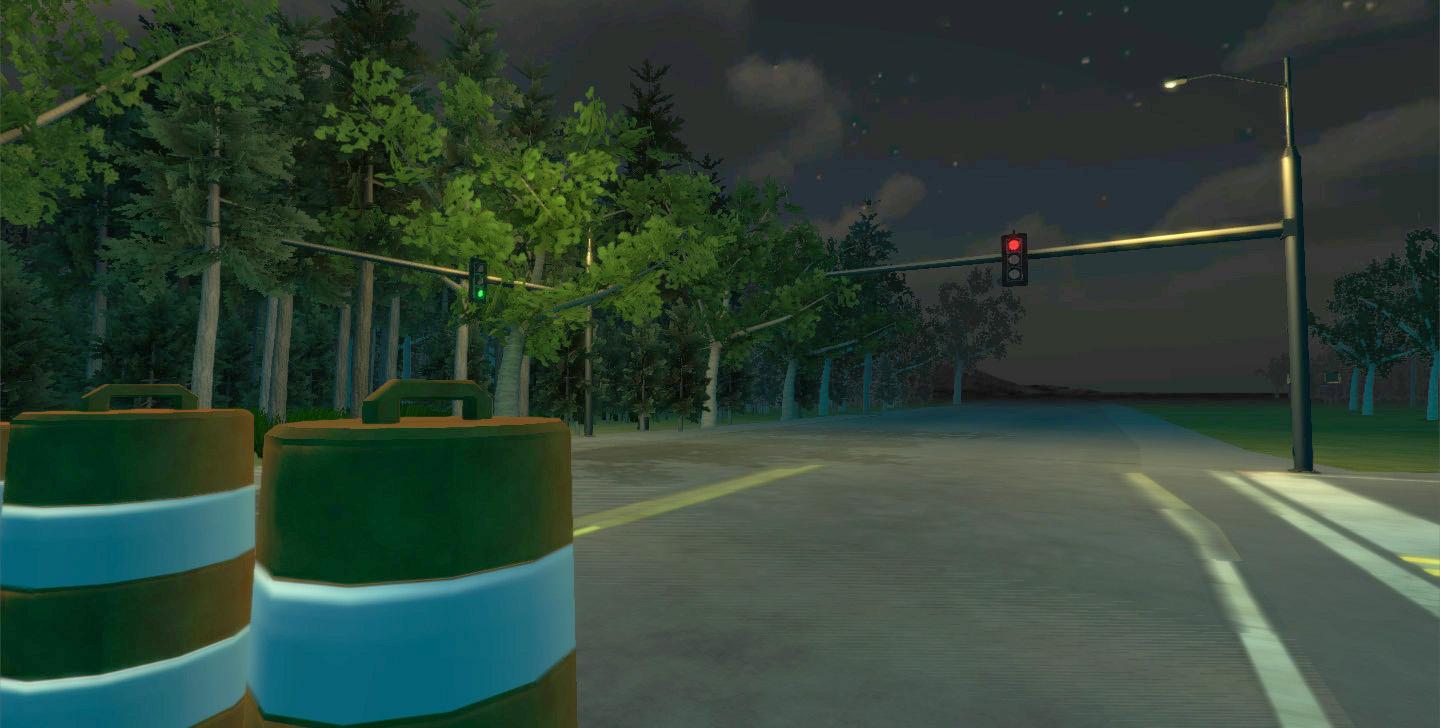
[dropcap]V[/dropcap]irtual reality may seem like science fiction, but developers have already designed interactive headsets which create 3D environments–a technology that is being implemented in high school education.
UNO IT Innovation Cup is a competition designed to test the programming and creative skills of 11 teams of high school students from across the metro. The theme this year is, “Solving Problems with Augmented and Virtual Reality.”
Currently Bellevue East is leading the competition with 373 points; Bellevue West trails in 5th with 344 points, after Westside, Creighton Prep, and Omaha South.
Those who place in the project will receive $2,500 for winning, $1,000 for runners up, and $500 for third place.
“If we win the money we will split it up amongst ourselves,” project manager and senior Monica Pham said.
For the projects, teams are asked to define a problem that could be solved using an Oculus Rift–a device worn on the head, over the eyes, projecting a 100 degree field of view to the user. The Oculus Rift tracks the users head movements, adjusting the display accordingly, creating a ‘virtual reality’ for the user.
Bellevue West’s project is a drunk driving simulator called VR Impairment. As the player progresses through the game, the effects of alcohol become more pronounced; their screen will blur, audio will be delayed, and their control over the vehicle will be impaired.
“We want to show the damaging effects of alcohol,” simulation programmer and junior Cameron Hessler said.
Bellevue West’s team is using Unity, a complex gaming engine, along with Blender, a 3D modeler, to compile their program.
“Blender is the 3D modeling program where we design the shapes of houses, cars, signs, road objects, trees and everything that is in the scenery of the game,” Hessler said. “And then we import them into Unity which is a game engine which is used to design either games or programs or in our case a simulation.”
Game engines like Unity can take static objects like a car model and apply lighting and scripting to it to create realistic scenery and motion within the game world.
[In] a modeling program, you just build the actual models themselves, the 3D objects, but you can’t do anything with those objects in the modeling engine,” Hessler said. “You put them in Unity and you can apply scripts and animations in order to make a game.”
The team has designed the game to prevent the user from making it to the end of the simulation.
“Eventually the impairments will disrupt your driving so much that either you’ll get in a car accident or we’ll have some sort of sneaky preprogrammed car accident so that you can never reach your destination,” Hessler said.
The user is to be unaware of this fact, so that they feel as if they can reach the end of the game; then when the crash occurs, the hope is the user will feel responsible.
The final part of the project is a public voting period, when the teams will have all their projects on display for public visitors to interact with and finally vote for. The event will be on April 21 at the Peter Kiewit Institute.
“I am looking forward to it. Our project has come along very well,” senior Kyle Smith said.
Grant Harrison
Editor-in-Chief


